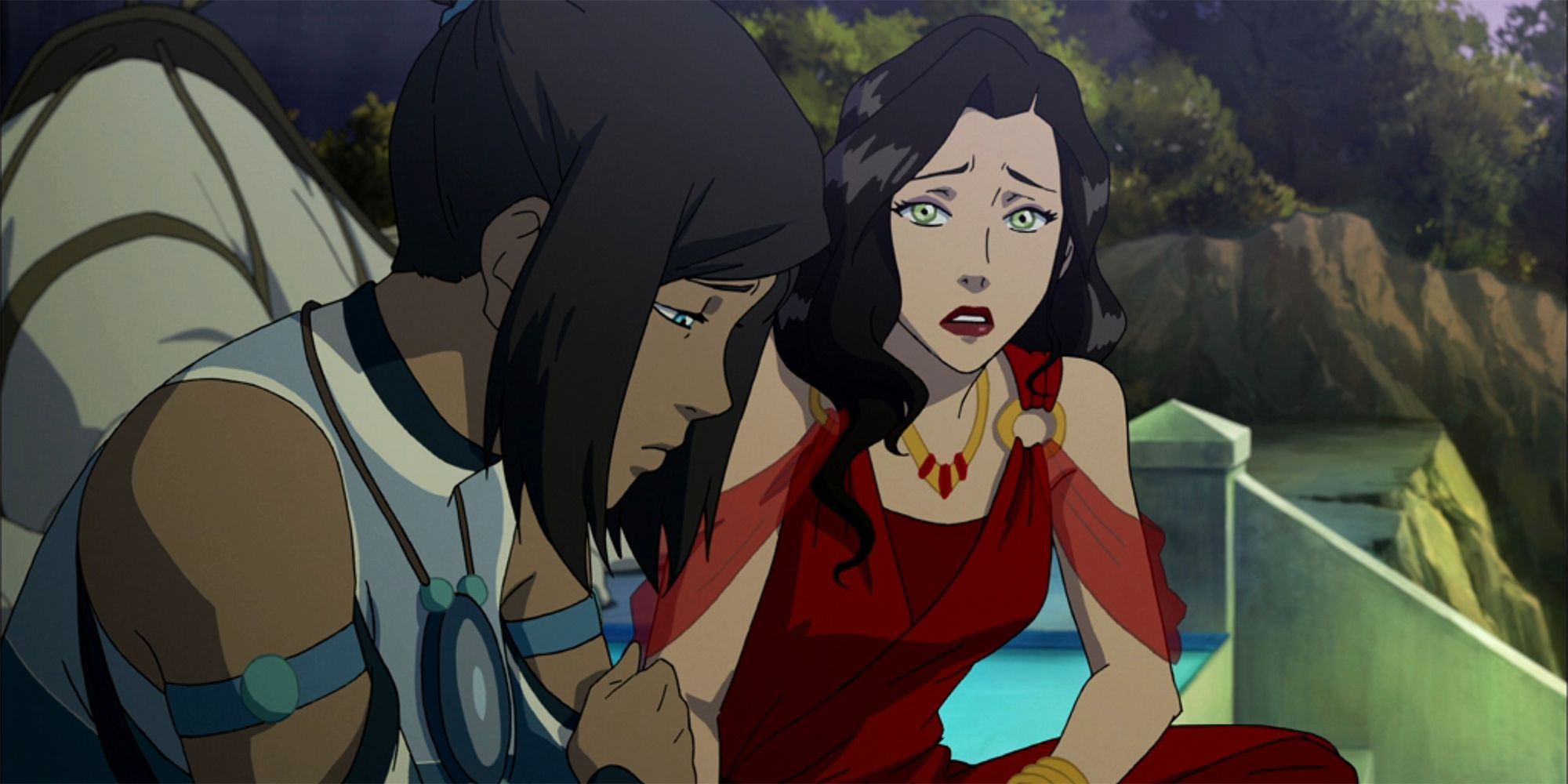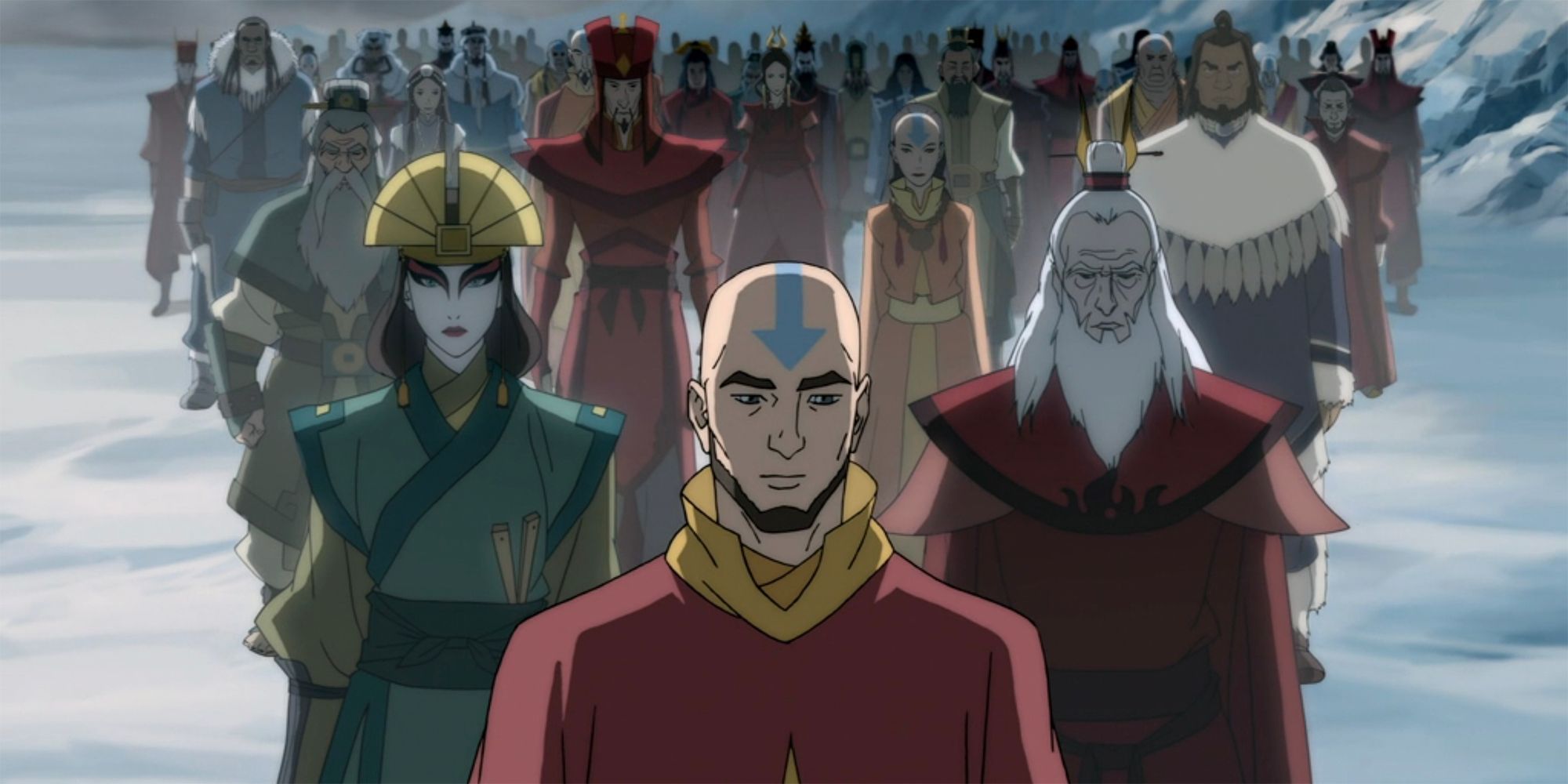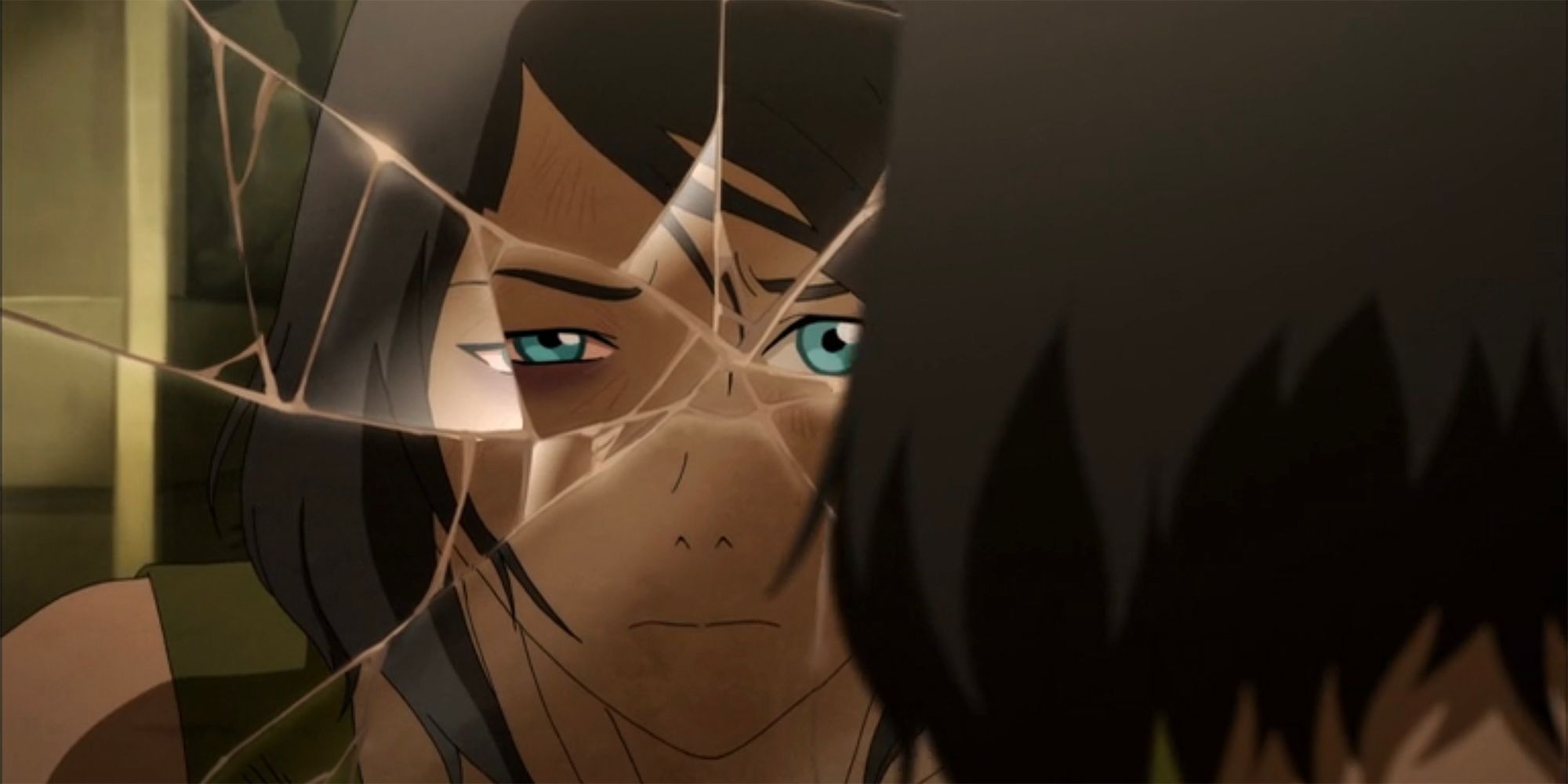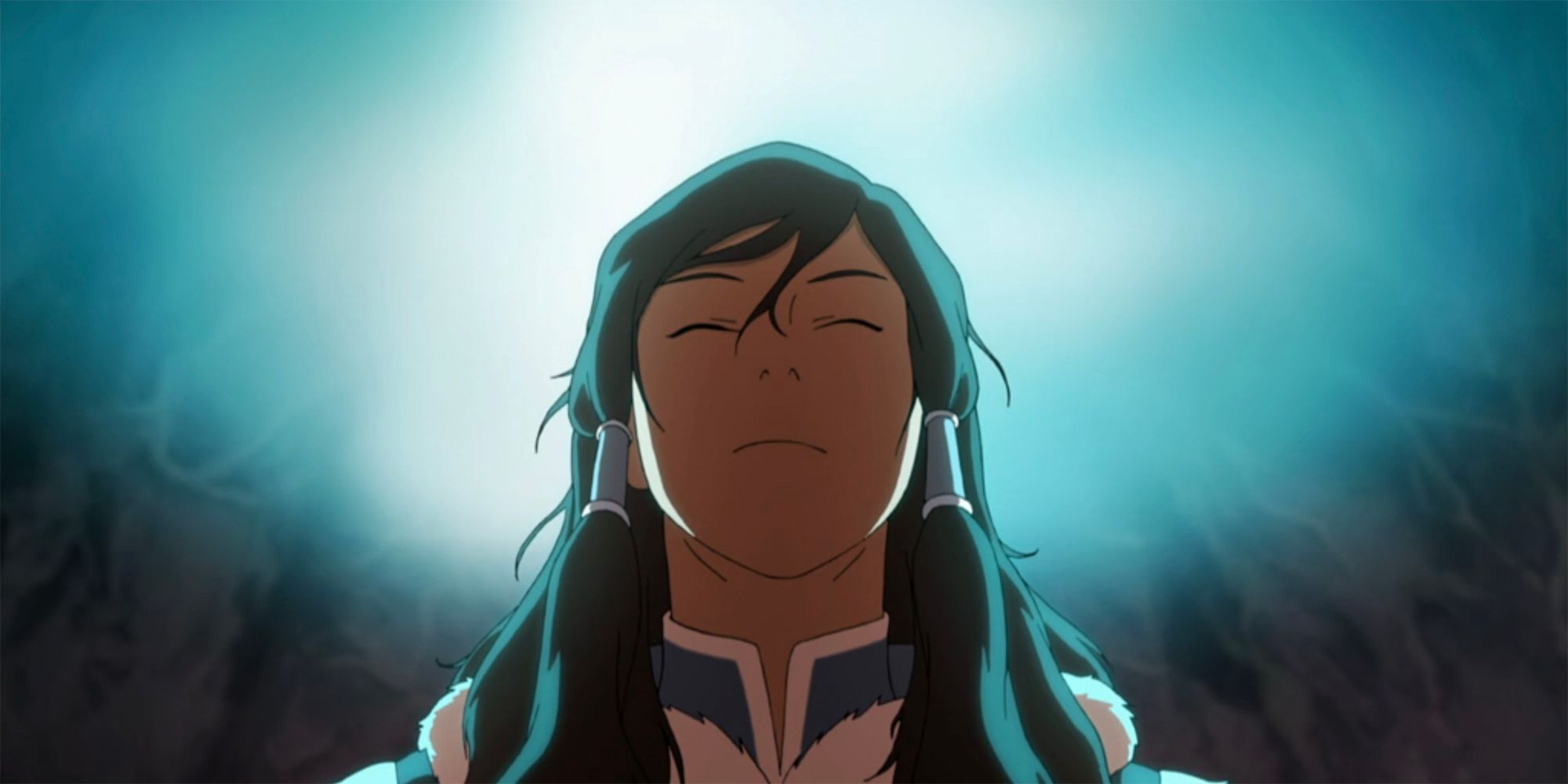Following the cultural phenomenon of Avatar: The Last Airbender, The Legend Of Korra had enormous shoes to fill. With creators Michael Dante DiMartino and Bryan Konietzko returning, expectations were sky-high. Largely, fans weren’t disappointed. The new setting, new Avatar, and more mature themes gave the franchise a fresh identity without discarding what made it special.
Despite its 89% score on Rotten Tomatoes and a fiercely loyal fanbase, The Legend Of Korra never fully stepped out of its predecessor’s shadow. It expanded the Avatar universe in meaningful ways – technologically, politically, and spiritually – but lacked the timeless resonance of The Last Airbender. Its best moments were brilliant, but its shortcomings couldn’t be ignored.
Ultimately, The Legend Of Korra came close to perfection, but a few missteps held it back. While the animation, score, and action scenes were often masterful, some issues in narrative structure and character arcs made the show feel inconsistent. And when compared to the near-flawless execution of The Last Airbender, those issues stood out even more.
The Legend Of Korra Came Close To Being 10/10, But It Fell Short Of Perfection
A Handful Of Flaws Kept The Series From Being As Perfect As Its Predecessor
It’s hard to overstate just how impressive The Legend Of Korra was when it worked. The bending battles were breathtaking, the animation had evolved significantly from The Last Airbender, and the Avatar world felt bigger and more complex than ever before. But beneath the polish, there were narrative cracks.
One of the biggest issues was tone. Where The Last Airbender consistently balanced humor, action, and emotional weight, The Legend Of Korra sometimes struggled to find its voice. One episode would tackle deep sociopolitical themes like revolution and oppression, while the next would pivot into awkward romance subplots or comedic interludes that clashed with the tension. This inconsistency often dulled the impact of major story beats.
Storylines also moved too quickly. While The Last Airbender had the benefit of three tightly connected seasons and a single core villain in Fire Lord Ozai (Mark Hamill), TLOK reset its main threat every season. This structure robbed the series of slow-burn storytelling. Characters like Amon (Steve Blum) and Zaheer (Henry Rollins) were compelling, but their arcs felt rushed.
Perhaps most crucially, The Legend Of Korra placed less emphasis on character development. Korra (Janet Varney) certainly evolved over time, but many supporting characters were often reduced to plot devices or comic relief. Compared to The Last Airbender, where nearly every side character had a meaningful arc, Korra’s world sometimes felt underdeveloped on an emotional level.
That’s not to say the show lacked heart, but it often came in bursts, not waves. With just a bit more tonal clarity, pacing, and depth in the ensemble cast, The Legend Of Korra could have matched or even surpassed its predecessor.
The Sequel Series Lack Of An Overarching Story Stopped It From Matching ATLA
The Absence Of A Long-Term Narrative Weakened The Show’s Overall Impact
What made Avatar: The Last Airbender so powerful was its story structure. From “The Boy in the Iceberg” to “Sozin’s Comet,” Aang’s (Zach Tyler Eisen) journey had a clear beginning, middle, and end. Each season built on the last, and every subplot served a larger narrative arc. The Legend Of Korra, by contrast, was more segmented, and it suffered for it.
Each season of TLOK introduced a new villain and a new crisis. Season 1’s Equalist uprising, season 2’s spirit war, season 3’s anarchist revolt, and season 4’s authoritarian regime all felt like contained stories. While that approach allowed the show to explore different themes – from class warfare to spiritual balance – it also made it feel fragmented. There was little connective tissue binding the series together.
This made emotional payoff harder to achieve. By the time Korra faced Kuvira (Zelda Williams), her confrontation lacked the cathartic weight of Aang’s battle with Ozai. There was less buildup, less long-term investment. Without a singular narrative spine, character arcs were interrupted or reset. Viewers had to reorient every season instead of building momentum across episodes.
The changing antagonists also meant there was less opportunity for slow-burning rivalries or philosophical development. While Zaheer was an excellent villain with complex motives, he wasn’t present long enough to leave the same lasting impression as Zuko (Dante Basco), whose redemption arc unfolded gradually and meaningfully over three seasons.
The lack of an overarching plot wasn’t a flaw in concept – it was a creative choice. However, it was one that ultimately made The Legend Of Korra feel like four loosely connected miniseries rather than a singular, epic saga. In a universe where The Last Airbender set the gold standard for serialized storytelling, that choice held the sequel back.
The Legend Of Korra Has Perfect Episodes & Seasons, But Isn’t 10/10 Overall
Incredible Highs Are Balanced Out By Frustrating Lows
While it’s true that The Legend Of Korra isn’t a perfect show, it would be unfair to overlook just how excellent some of its individual moments and seasons are. Season 3, in particular, is often hailed as the show’s peak, thanks to its tight narrative, mature themes, and the introduction of the Red Lotus.
The villains in TLOK season 3 weren’t just threatening – they were philosophically fascinating. Zaheer and his team challenged the very foundation of the Avatar’s role, forcing Korra to confront ideas about freedom, order, and balance in ways Aang never had to. The season finale was emotionally devastating and visually spectacular, pushing Korra to the brink physically and psychologically.
Episodes like season 4’s “Korra Alone” are also testaments to the show’s storytelling strength. The episode explores Korra’s PTSD after her battle with Zaheer and is one of the most powerful and introspective in the entire franchise. It’s a quiet, haunting piece of character study that proves The Legend Of Korra could reach narrative greatness.
However, those high points weren’t always sustained. Season 2, for instance, was notoriously uneven. “Peacekeepers” is a prime example – an episode overloaded with political maneuvering, romantic subplots, and unclear stakes. Tonal confusion and meandering plotlines made it one of the show’s weakest hours.
This inconsistency is what stops The Legend Of Korra from being a 10/10 series. For every moment like “Venom of the Red Lotus” or “Korra Alone,” there was an episode that felt like filler or failed to build on what came before. It’s a show of extremes – moments of brilliance followed by stretches of confusion.
The Next Last Airbender Sequel Series Can Learn From TLOK’s Biggest Problem
Avatar: Seven Havens Can Succeed Where Korra Stumbled By Keeping Story And Character At The Center
With Avatar: Seven Havens on the horizon, the franchise has a chance to deliver another masterpiece. If it wants to live up to The Last Airbender’s reputation – and even surpass The Legend Of Korra – the next series needs to take a few key lessons to heart.
The most important? Narrative cohesion. The Last Airbender thrived because it told a complete, intentional story from beginning to end. If Seven Havens wants to create lasting impact, it must follow suit with a clear, season-spanning arc and emotional throughline. A well-developed villain, introduced early and grown over time, would also help ground the stakes.
Character development should also be front and center. One of The Legend Of Korra’s missteps was sidelining characters like Asami (Seychelle Gabriel) and Mako in later seasons. Seven Havens must treat its ensemble cast with care, giving each character room to grow and change in meaningful ways. Audiences connect through people, not just plot.
There’s a chance to build something even better – an Avatar story that carries the legacy forward while learning from the past.
Consistency of tone is another must. If the show wants to dive into heavier themes – as Korra did – it needs to fully commit. Maturity doesn’t have to come at the expense of levity, but the balance must be carefully struck. The Last Airbender managed it beautifully. Seven Havens should aim to do the same.
The Legend Of Korra laid important groundwork for what the Avatar universe could become, and it shouldn’t be forgotten. Now, there’s a chance to build something even better – an Avatar story that carries the legacy forward while learning from the past. If Avatar: Seven Havens focuses on story, character, and emotional resonance, it might just hit that elusive 10/10.
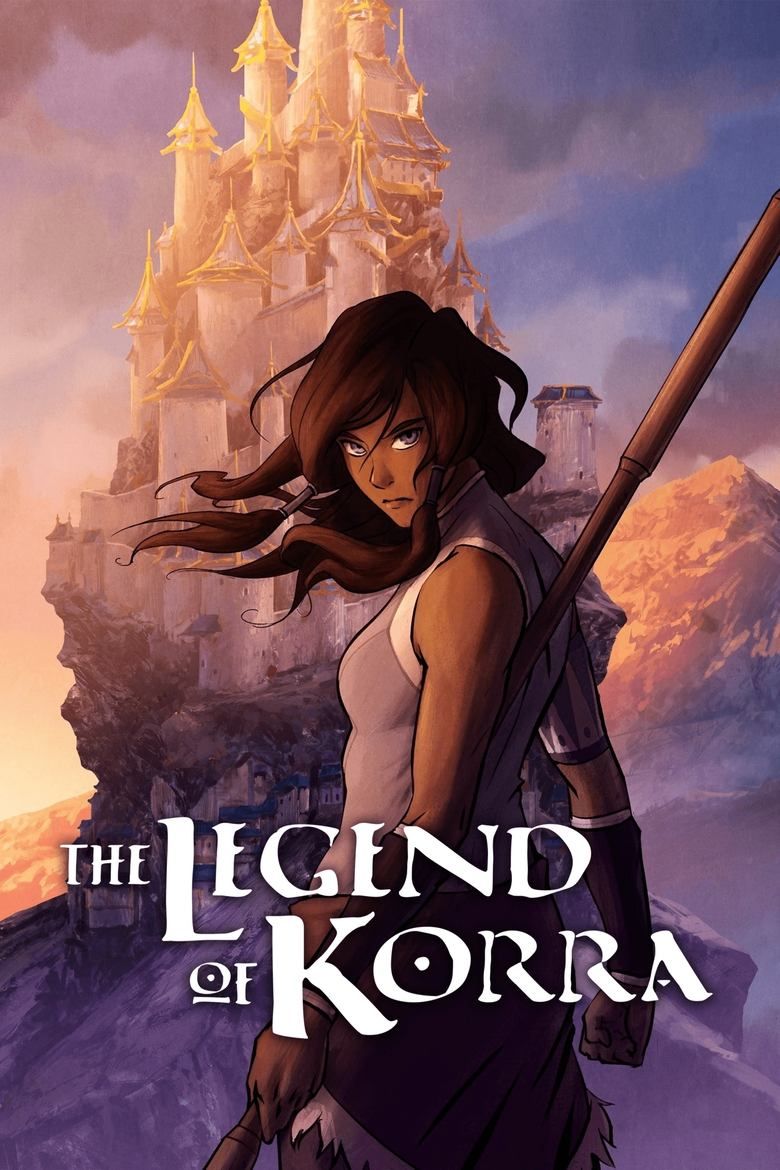
The Legend of Korra
- Release Date
-
2012 – 2014
- Network
-
Nickelodeon
- Showrunner
-
Bryan Konietzko, Michael Dante DiMartino
-
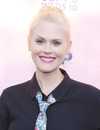
Janet Varney
Korra (voice)
-
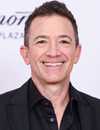
David Faustino
Mako (voice)



